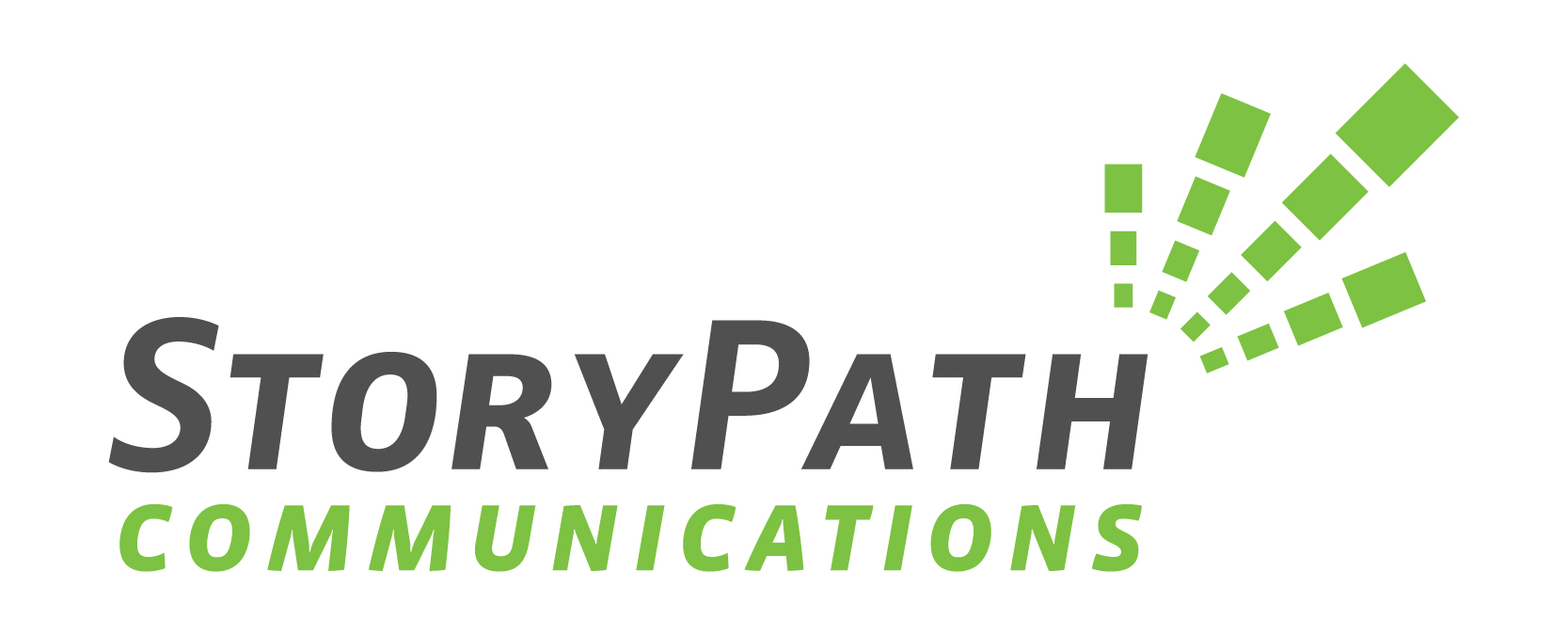‘Tis the season for tricks and treats. Did you know there are regional differences about the process of trick or treating? For example, in St. Louis, kids don’t simply say “trick or treat” for their candy. Kids in St. Louis have to tell a joke for their candy. When I first found out about this while living in St. Louis as an adult, I was astonished. My friends there were equally surprised that I didn’t grow up telling jokes for my Halloween candy.
Likewise, there are going to be regional, local, or audience-specific variations to the message you share in your marketing. One of our clients previously lived in the New England area, and his marketing messages there were somewhat different than his marketing messages in the central Oklahoma region. It’s important to know both your audience and your message and to adapt that message as needed to different audiences.
If you watch television ads throughout the day and across different channels, you’ll clearly see some changes in content. National and local brands choose their advertising spots based on what they know about audience demographics for that specific channel during that time of day. Commercials that air on a major sports network during a professional football game are different than those that air during a soap opera at 10 a.m. on a Tuesday. These advertisers know who their target audience is, and they’ve customized both their ad content (the message) and their ad placement to reach that specific audience.
The same strategies should hold true for small businesses, although most aren’t advertising on television during professional football games. The messages you create and send via your marketing channels — whether your website, social media, email marketing, or a targeted print campaign — should be clear, consistent, customized for the audience, and sent via the right marketing channel at the right time.
So, where do you start? First, develop key messages for your organization. These are typically three to five bullet points that are the core of your message: who you are, what services you offer, what makes you different from the competition, why people should work with you, etc. For organizations with multiple levels of employees, volunteers, board members, and donors, you may want to involve all stakeholders to some extent in developing your key messages. For smaller organizations and solo entrepreneurs, you may be able to develop your key messages in a relatively short brainstorming session.
Once you have your foundational key messages in place, it’s time to think through what key messages are most applicable to each target audience. While there are certainly elements you want to convey about your organization in any marketing message, there are still plenty of ways to tailor that message. Think back to your audience definitions and particularly about their greatest point of pain and what matters to them. Craft a tailored message for that audience that addresses that point of pain or touches on what matters most. In doing so, you’re sharing what you need to share about your organization and increasing your chances of catching your audience’s attention with the message.
I’ve heard stories of kids in St. Louis who spend weeks coming up with the perfect joke for trick or treating. Know your audience. Know your message. Don’t you think the success of your organization is worth the time investment?

